Factory Tour
How to Choose the Best Waterproof Marine Battery for Your Boating Needs
When it comes to navigating the open waters, having a reliable power source is essential, and choosing the right Waterproof Marine Battery can make all the difference in your boating experience. According to a recent report from the National Marine Manufacturers Association, the recreational boating industry is expected to grow by 12% over the next five years, highlighting the increasing demand for quality marine equipment. A robust and waterproof battery not only ensures that your electrical systems operate efficiently but also withstands the harsh marine environment, which can be detrimental to standard batteries.
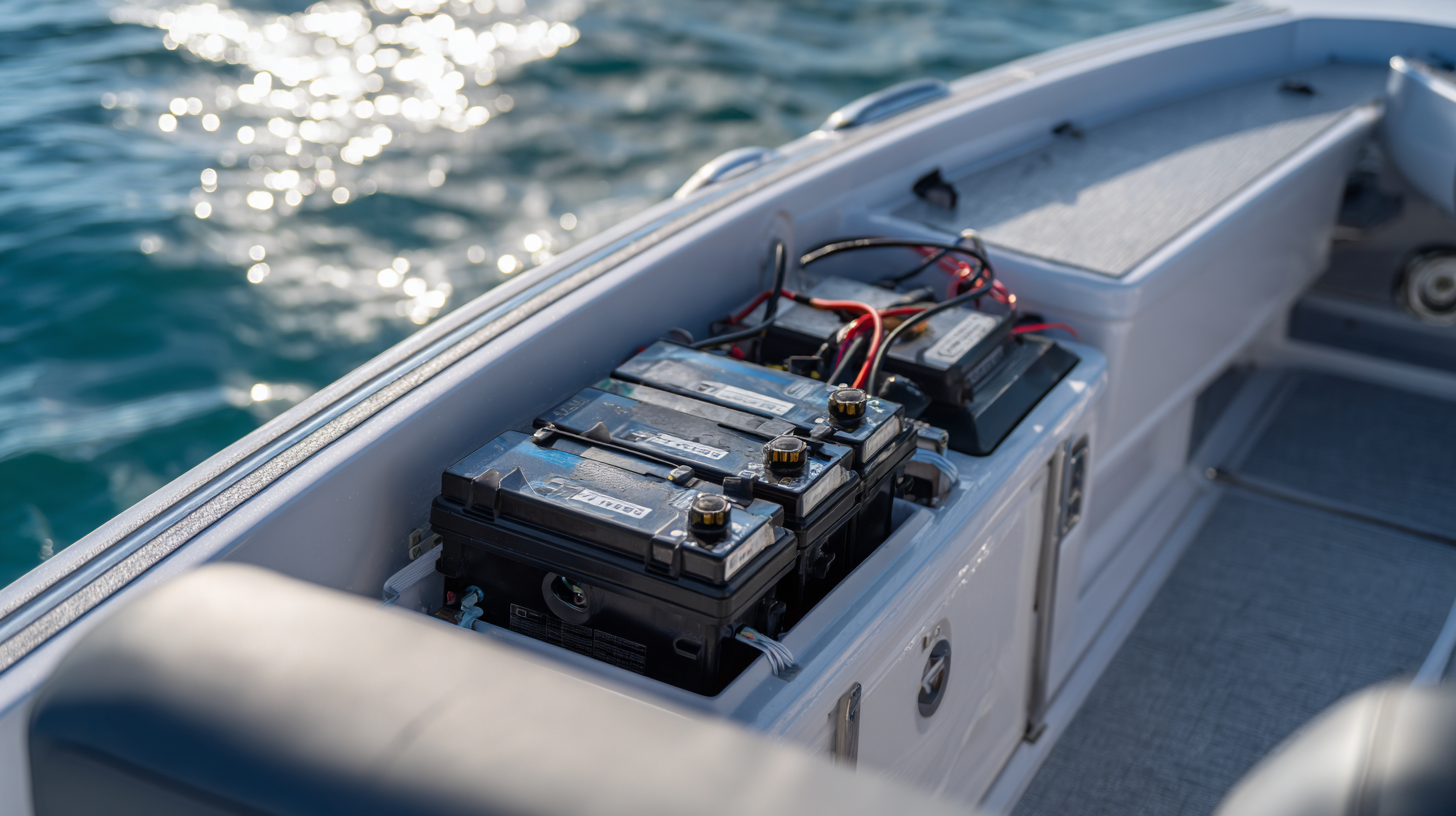
With advancements in battery technology, such as lithium-ion options, boat owners now have a wider array of choices tailored to various boating needs. This blog will guide you through the essential factors to consider when selecting the best Waterproof Marine Battery, ensuring you make an informed decision that enhances your maritime adventures.
Understanding the Different Types of Waterproof Marine Batteries Available
When it comes to selecting the best waterproof marine battery, it's crucial to understand the various types available, as each serves different boating needs. The three main categories are flooded lead-acid batteries, absorbed glass mat (AGM) batteries, and lithium-ion batteries. Flooded lead-acid batteries are often the most affordable and widely used. They require regular maintenance, including checking fluid levels, but they are robust and can deliver high bursts of power, making them suitable for starter applications.
On the other hand, AGM batteries are sealed and resistant to spills, which makes them an excellent choice for marine environments. They are maintenance-free and have a longer lifespan compared to flooded batteries, providing stable power output and better performance in extreme temperatures. Lastly, lithium-ion batteries have gained popularity in recent years due to their lightweight design and high energy density. They offer faster charging times and longer cycle lives, but they come with a higher price tag. Understanding the characteristics of these battery types will ensure you choose the right one to meet your boating requirements.
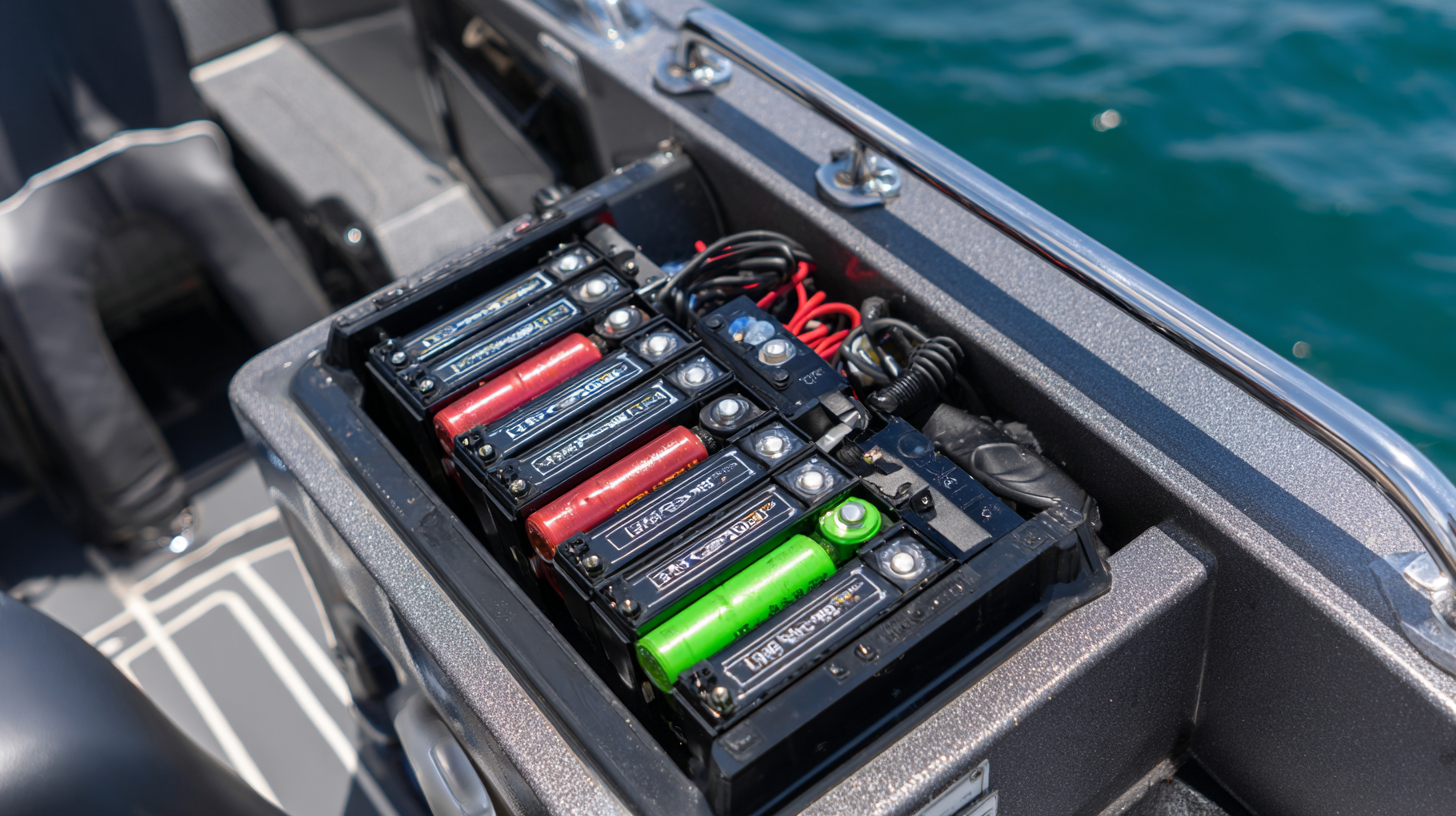
Key Factors to Consider When Selecting a Marine Battery for Your Boat
When selecting the best waterproof marine battery for your boat, there are several key factors to consider. First and foremost, the type of battery—lead-acid, lithium-ion, or AGM (Absorbed Glass Mat)—can significantly affect performance and lifespan. According to a Nautical Research Survey, lithium-ion batteries now account for 30% of the marine battery market, valued for their lightweight and longer cycle life, which can last up to 10 years compared to conventional lead-acid batteries that typically last 3-5 years.
**Tip:** For those who require high power for starting engines, consider opting for a dual-purpose battery that can handle both deep cycling and cranking. This versatility is crucial for ensuring your boat remains operational even in challenging conditions on the water.
Another essential factor is the battery’s cold-cranking amps (CCA). A battery with a higher CCA rating is better equipped to start your engine in cold weather, which is vital for boaters who operate in varying climates. Research indicates that batteries with a minimum of 750 CCA are optimal for most marine engines, ensuring reliable starts and robust performance.
**Tip:** Regularly monitor your battery’s state of charge and perform maintenance checks to extend its lifespan, as a well-maintained battery can significantly enhance your boating experience.
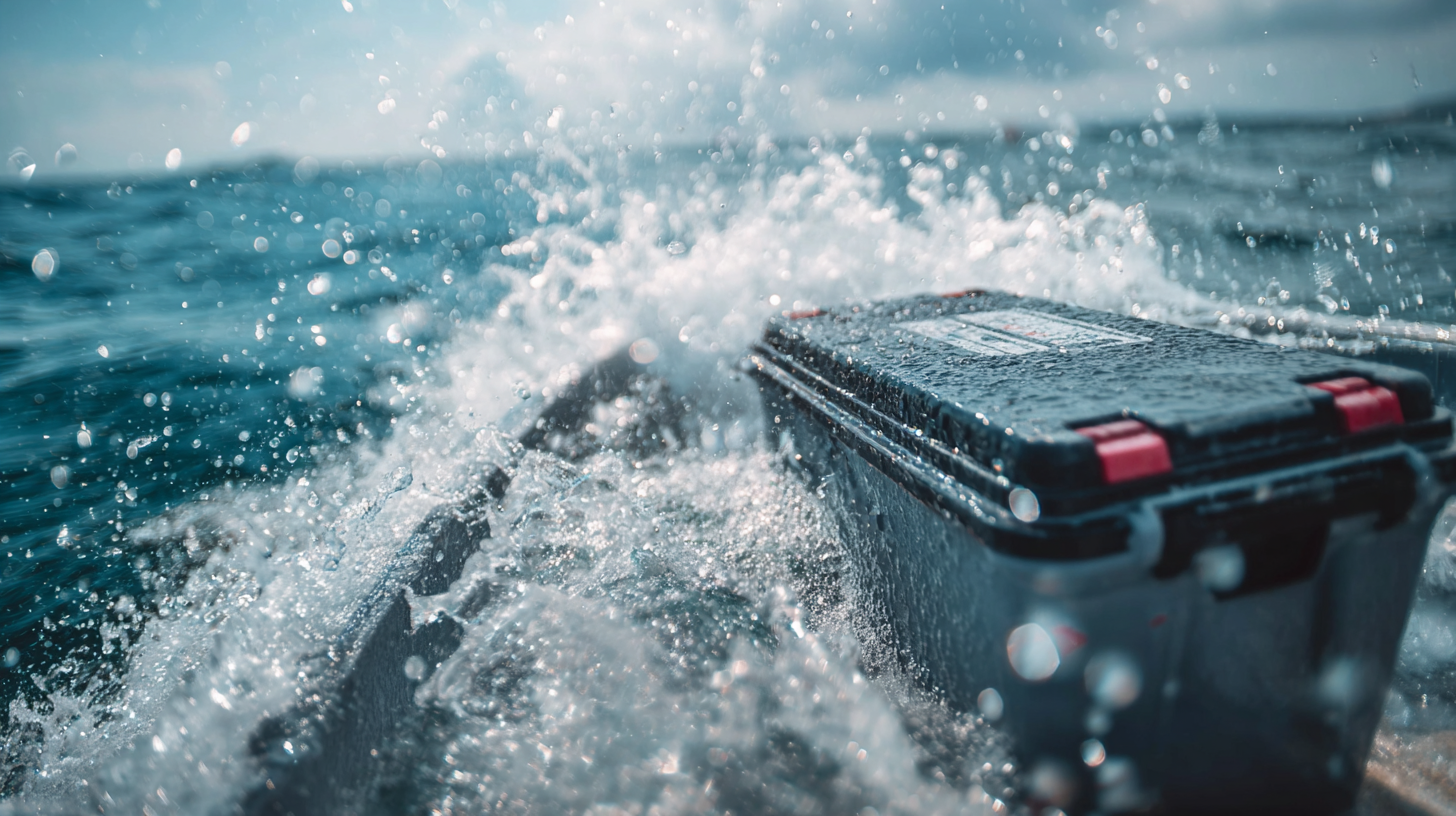
The Advantages of Using Gel and AGM Batteries in Marine Environments
When selecting a waterproof marine battery, understanding the advantages of different types is crucial, particularly in marine environments. Gel and Absorbent Glass Mat (AGM) batteries emerge as top choices due to their unique characteristics. Gel batteries, filled with silica gel, offer superior resistance to vibration and impact. This feature makes them ideal for rough marine conditions, often extending their lifespan and reliability. According to recent industry insights, the sealed design of gel batteries ensures that there is minimal risk of acid spillage, enhancing safety on board.
AGM batteries, on the other hand, are known for their high discharge rates and efficiency in powering a variety of marine applications. They are especially favored for their capability to withstand deep discharges and recharge quickly, making them perfect for demanding boating needs. Recent market trends indicate a growing preference for AGM batteries, as they provide consistent power while minimizing maintenance requirements. Additionally, with advancements in battery technology, achieving optimal performance in challenging marine environments has never been easier, further solidifying the position of gel and AGM batteries as leading choices for boaters.
How Waterproof Ratings Impact Battery Performance on the Water
When selecting a waterproof marine battery, understanding waterproof ratings is crucial for ensuring optimal performance in harsh aquatic environments. These ratings, often classified as IP (Ingress Protection) codes, inform users about the battery's ability to resist water intrusion. For instance, a battery rated IP67 can withstand temporary submersion in water, making it suitable for various boating conditions. Moreover, such ratings not only protect the battery from water damage but also from corrosion, which can significantly shorten a battery's lifespan.
Additionally, the waterproof rating impacts the overall performance and reliability of the battery on the water. A higher rating indicates a better capacity to handle splashes, rains, and even accidental drops overboard. Choosing a battery with an adequate waterproof rating ensures that the battery maintains its charge under various conditions, preventing unexpected failures during your boating adventures. Therefore, always consider these ratings when selecting a battery tailored to your needs, as they can mean the difference between a smooth sailing experience and an unforeseen setback.
Tips for Maintaining Your Waterproof Marine Battery for Longevity
When it comes to choosing a waterproof marine battery, understanding how to maintain it can significantly enhance its longevity and performance. Lithium iron phosphate batteries stand out for their lightweight and high energy density, making them ideal for power-hungry boats. Regular maintenance practices such as checking the battery terminals for corrosion, ensuring proper connections, and monitoring the charging levels can prevent unexpected failures on the water.
In addition, it’s essential to keep the battery clean and dry, as moisture can lead to deterioration over time. Using a Bluetooth monitoring system can help you keep track of your battery’s status from your smartphone, providing real-time updates on the charge and overall health. Ultimately, taking these steps will not only extend the life of your marine battery but also enhance your boating experience, allowing you to enjoy those long days on the water without worry.
How to Choose the Best Waterproof Marine Battery for Your Boating Needs - Tips for Maintaining Your Waterproof Marine Battery for Longevity
| Battery Type | Voltage (V) | Capacity (Ah) | Weight (lbs) | Expected Lifespan (Years) |
|---|---|---|---|---|
| Lead Acid | 12 | 100 | 60 | 3-5 |
| AGM | 12 | 120 | 70 | 5-7 |
| Lithium-ion | 12 | 150 | 35 | 8-10 |
| Gel | 12 | 100 | 70 | 5-7 |
Related Posts
-
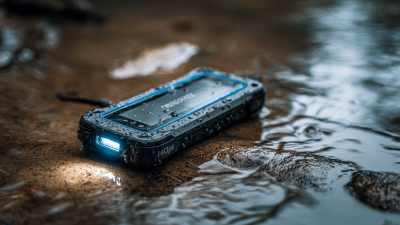
How to Choose the Best Waterproof Marine Battery for Your Next Adventure
-
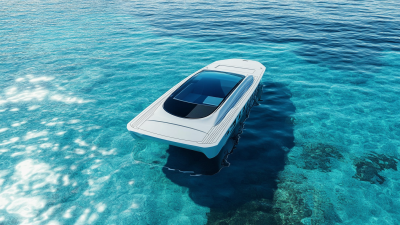
2025 Technology Trends Shaping the Future of Best 51.2v Lifepo4 Boat Batteries
-
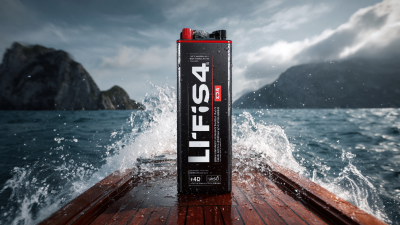
Exploring the Unique Features and Applications of the Best 51.2v Lifepo4 Boat Battery for Global Buyers
-

Unleashing Performance: Best Practices for 48V Golf Cart Battery Pack Optimization
-
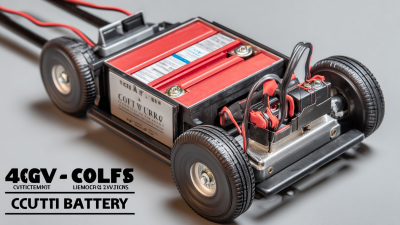
Mastering the Best 48v Golf Cart Lithium Battery: A Comprehensive Tutorial on Installation and Benefits
-

Discover Unmatched Opportunities in Floor Standing Energy Storage Battery at the 137th Canton Fair






